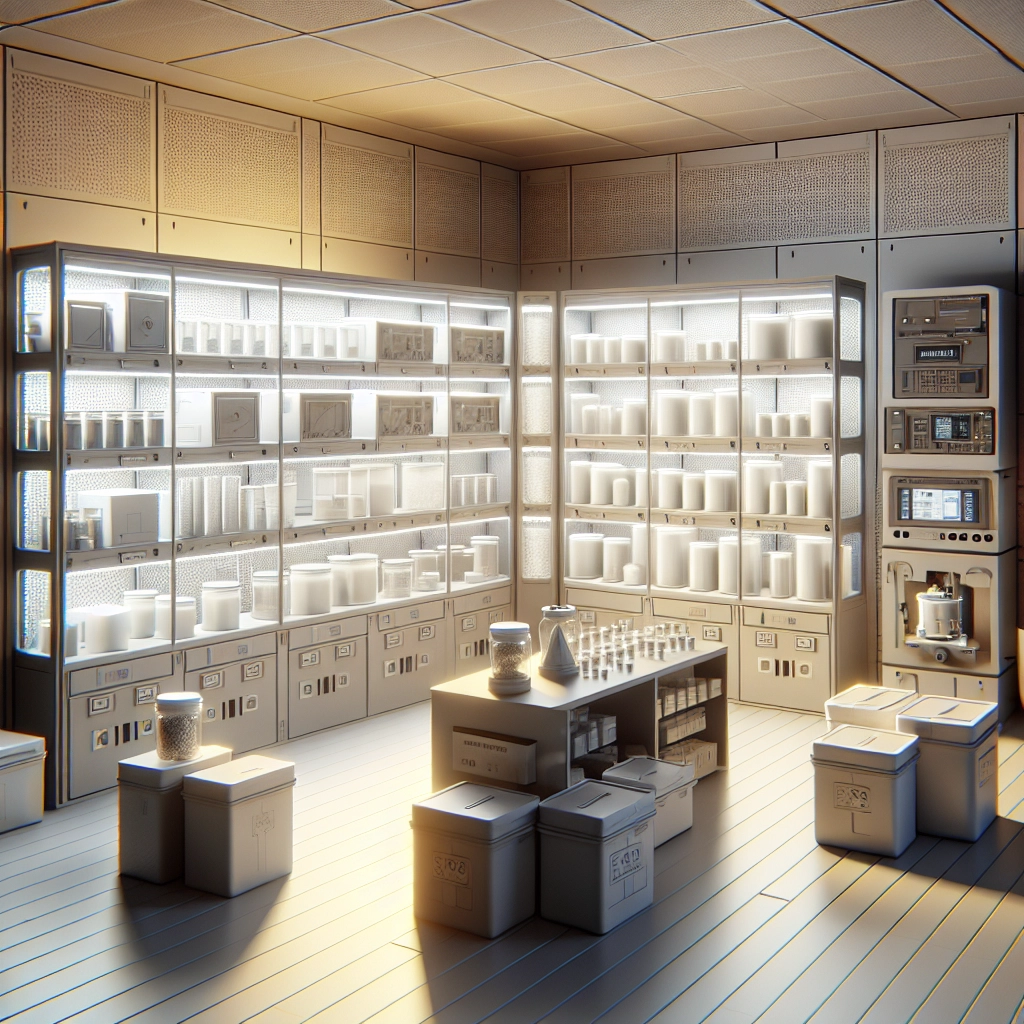3D Filament Storage Solutions: Keeping Your Materials Safe
If you’re an avid 3D printing enthusiast, you understand the importance of keeping your materials in tip-top shape. One of the most critical aspects of 3D printing is ensuring your filament is stored properly. Improperly stored filament can lead to a host of issues, including poor print quality, clogs, and wasted time and resources. So, let’s dive into some effective 3D filament storage solutions to help keep your materials safe and ready to rock!
Why Filament Storage Matters
Before we jump into the solutions, let’s briefly touch on why filament storage is essential. Many filaments, especially those made from ABS, PLA, and Nylon, are hygroscopic. This means they can absorb moisture from the air, leading to increased brittleness and decreased print performance. Whether you live in a humid climate or simply want to prolong the life of your filament, understanding how to store it properly is key to maintaining print quality.
Simple Solutions for Storing Filament
-
Vacuum-Sealed Bags
One of the easiest and most effective solutions for filament storage is vacuum-sealed bags. These bags remove air and moisture, protecting your filament from environmental factors. Simply place your spool inside a vacuum-sealed bag and remove as much air as possible before sealing. Trust us; this can significantly extend the shelf life of your filament, and they’re relatively inexpensive! -
Food-Grade Airtight Containers
Another fantastic option is to invest in food-grade airtight containers. You can find these in various sizes, and they’re designed to keep humidity at bay. This storage method is particularly handy for those who like to stock up on multiple types of filament. You can easily label containers and deposit your spools neatly, minimizing mess. -
Desiccant Packs
To take your filament preservation a step further, consider using desiccant packs in conjunction with other storage solutions. Silica gel packets are great for absorbing moisture and keeping your stored filament dry. Toss a few into your airtight containers or bags, and you’ll have an added layer of protection. -
Filament Dry Boxes
If you frequently switch between different filaments, investing in a filament dry box may be worth it. These specially designed containers not only keep filaments dry but often come with built-in hygrometers to monitor humidity levels. Many options even have features for easy loading and unloading of filament without exposing them to air.
Creative DIY Solutions
For those who enjoy a bit of DIY, there are plenty of creative ways to store your filament. An old wine cooler can be transformed into a filament storage unit! By adding some foam or sponge pads to hold the spools in place and including desiccants, you’ve got a stylish and functional storage solution.
Another DIY idea is to repurpose a large plastic tub or bin. Simply drill a few holes into the lid to allow for easy access, making sure your filaments can be loaded and unloaded without exposing them to air for too long.
Keeping Filament Organized
While it’s important to keep your filament safe, it’s also crucial to stay organized. Here are a few tips to help you manage your collection:
- Label Everything: Whether you choose vacuum bags, containers, or boxes, label clearly with filament type, color, and date of purchase. This makes it much easier to choose the right material for your next print.
- Sort by Material and Color: Organizing your filaments by type can save you time and hassle, especially when you’re excited to start a new project.
- Create an Inventory List: Keeping a digital or physical inventory can help track what you have on hand, including how much filament is left on each spool.
Final Thoughts
Your filament should be an enabler of creativity and innovation in your 3D printing projects, not a source of frustration. By taking the time to invest in good storage solutions—whether it’s vacuum bags, airtight containers, or clever DIY options—you’re ensuring that your materials stay fresh, dry, and ready to print. So, take a moment to look at your current storage situation. With the right solutions in place, you can protect your filament investment and keep those beautiful 3D creations flowing smoothly! Happy printing!

